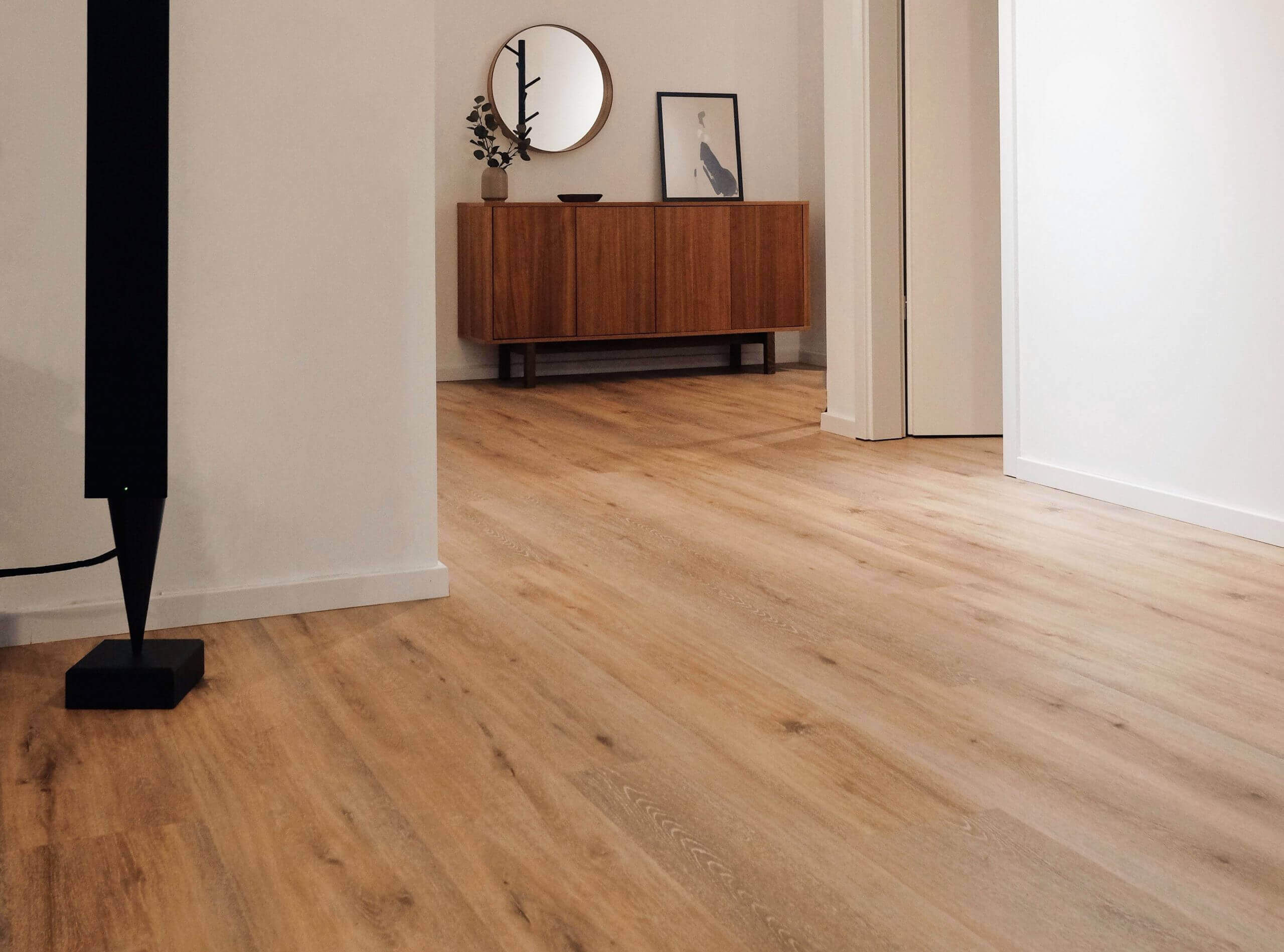Stains & Polish Options After Sanding Timber Floors
Timber floor sanding and polishing is the easiest way to add a high-end look to your home. If you have decided to get your floors sanded, polished and stained, make sure you know about the different types of floorboard polishing and staining options available today.
Popular Wooden Floor Polishes and Stains
Wooden floor polishing is the most crucial step after floor sanding as it gives them an elevated look and durability. After sanding, you can use any of the following polishes to finish your timber floors:
1. Water Based Polyurethane
Water based polyurethane is the most popular choice of timber floor polishing as it protects and gives the flooring a natural look. These are synthetic resins that use water as their base and are available in matte, satin, and gloss finishes.
These finishes are highly durable and long-lasting than any other finish available now. They are also resistant to heat, sunlight, and water. Most importantly, they do not turn the floor yellow.
When it comes to application, they are easy to apply and dry out clear within a few hours, typically 2 to 3 hours. So, your floors will be ready to use and move in furniture within 24 hours. They also emit only a negligible amount of VOC and have little odour, making them an environmentally friendly option.
2. Solvent Based Polyurethane
Solvent based polyurethanes are also synthetic resins that use petroleum solvents as their base. These finishes make extremely hard and durable finishes for wooden floors that are slightly thicker in consistency than their water-based counterparts. They take more time to dry, and you may need to wait for 3 to 4 days to use the floors.
These finishes enhance the colour of wooden floors, giving them a beautiful depth, gloss, and warm tone. As a result, solvent-based finishes pair well with certain timber species and give them a premium look. However, their drawback is they tend to turn the flooring yellow. In addition, they also emit a high amount of VOC and have a strong odour and may not be a greener option.
Apart from its few drawbacks, solvent-based polyurethane is efficient and economical. It does not require frequent recoating and protects the wooden floor for a very long time. It is also available in matte, satin, and glossy finishes.
3. Modifies Oils
Modified oils a two coat system that requires no additional sealer to finish your timber floors. They contain 50% solid and provide a durable coating to a variety of timber and parquetry floorings after sanding.
These finishes penetrate deep into the wood and give them a rich look. Modified oils are tough, so they are a perfect choice for heavy traffic areas. When it comes to drying, it takes nearly 10 hours. So, you may have to wait for 24 hours to use the floors and move in your furniture.
4. Stains
Stains add beautiful colour to your timber floors. They are usually finished with a durable polyurethane coating after floor sanding. They are not technically a finish but are colouring agents that can lighten or darken a timber floor. Stains penetrate well into the wooden floors and highlight the grains. They can also change the entire look of the original wooden floor if you want.
When it comes to colours, there are tons of colour options that a floor sanding and polishing company can come up with to help you choose the one you like. They make samples on-site for you to decide.
Need professional floor sanding and polishing in Sydney? Contact our expert team today for a free quote.

